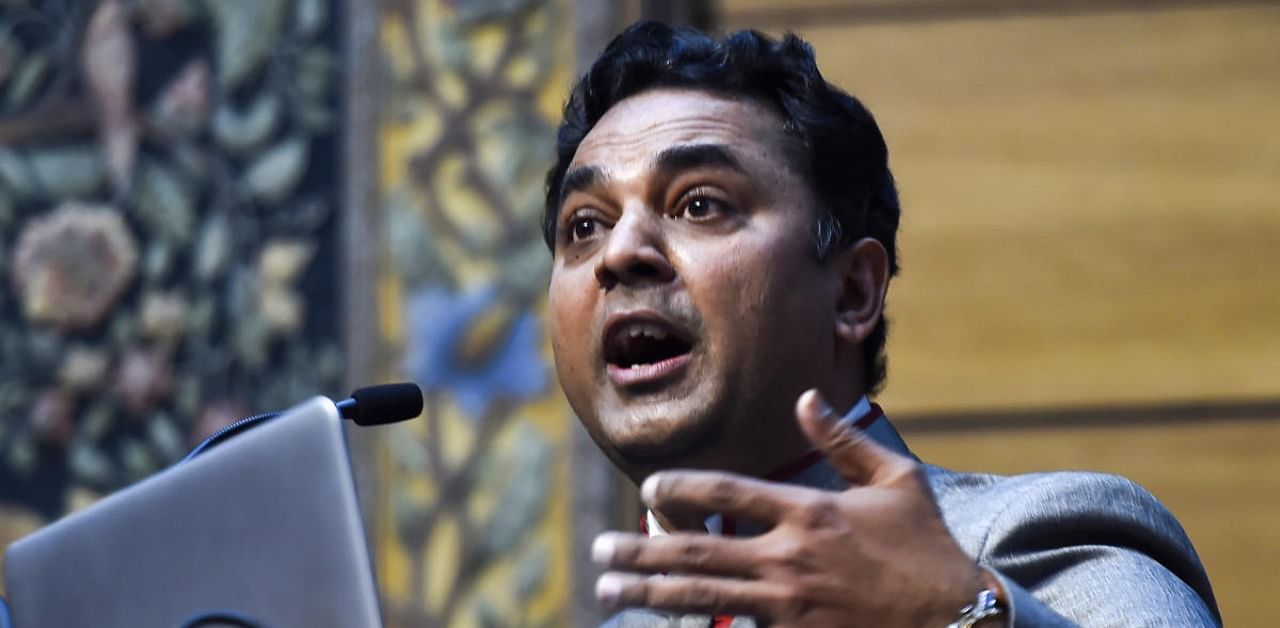
Chief Economic Adviser (CEA) Krishnamurthy Subramanian on Saturday spelt out the points mentioned in the Economic Survey 2021, which was tabled by Finance Minister Nirmala Sitharaman, and used analogies from cricket to Mahabharata to explain the rationale behind government's decisions, including imposing an early lockdown.
Crediting the V-shaped recovery to the government's move to impose a lockdown from late-March to May to curb the spread of coronavirus, the CEA explained how a principle from Mahabharata guided India's policy response.
"Saving a life that is in jeopardy is the origin of dharma"
– Mahabharata (Shanti parva), Chapter 13, Shloka 598
Short-term pain, Long-term gain
He said that India recognised that while GDP growth will recover from the temporary shock caused by the pandemic, human lives that are lost cannot be brought back. He further added that "India is reaping the 'lockdown dividend' from the brave, preventive measures adopted at the onset of the pandemic."
Subramanian added that India's pandemic response of an early lockdown was also based on epidemiological and economic research based on the Spanish Flu.
There has been a 7.5 per cent decline year-on-year in the second quarter and the recovery was witnessed across all key economic indicators.
CEA likens recovery to the Gabba win
The Chief Economic Adviser also likened India's V-shaped recovery to India's win against Australia, where the Indian cricket team seized the Gabba fort and retained the Border-Gavaskar Trophy.
He added that at the onset of the pandemic, India’s policies focused purely on ensuring necessities. "At least 80 crore people were given free food," he said.
"This was optimal given the uncertainty and the resultant precautionary motives to save as well as the economic restrictions during the lockdown," he added.
The 'accelerate' strategy
Subramanian also threw in an analogy to explain India's response to unlock the economy and boost demand.
He said that India recognised during the lockdown that pushing down on the accelerator while the brakes are clamped only wastes fuel. Only when the clamp on brakes are removed and the accelerator is pushed does the car moves forward. Therefore, in the unlock phase, India announced demand-side measures in a calibrated manner.
It announced a public investment programme centred around the National Infrastructure Pipeline and Atmanirbhar Bharat to accelerate this demand push and further the recovery. The upturn in the economy while avoiding the second wave of infections makes India a "sui generis case in strategic policymaking" amidst a once-in-a-century pandemic, he said.